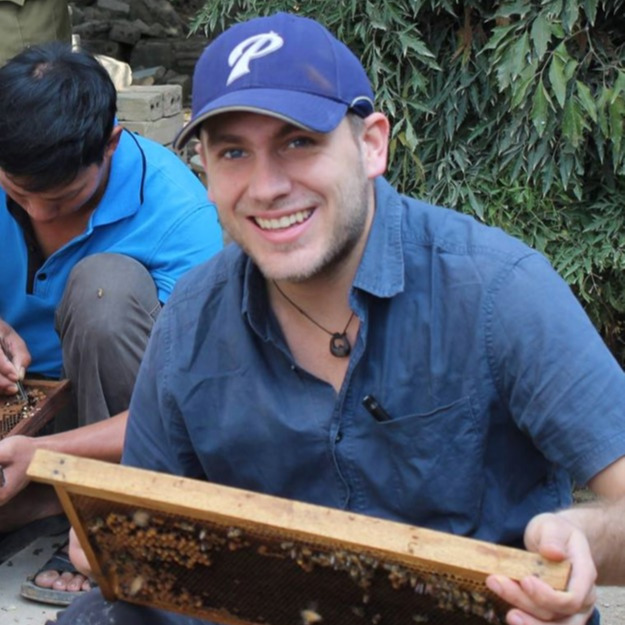Preprint
Review
Honey Bee Survival Mechanisms Against the Parasite Varroa destructor: A Systematic Review of Phenotypic and Genomic Research Efforts
Altmetrics
Downloads
838
Views
712
Comments
0
Submitted:
07 April 2020
Posted:
09 April 2020
You are already at the latest version
Alerts
Abstract
The ectoparasitic mite Varroa destructor is the most significant pathological threat to the western honey bee, Apis mellifera, leading to the death of most colonies if left untreated. An alternative approach to chemical treatments is to selectively enhance heritable honey bee traits of resistance or tolerance to the mite through breeding programs, or select for naturally surviving untreated colonies. We conducted a literature review of all studies documenting traits of A. mellifera populations either selectively bred or naturally selected for resistance and tolerance to mite parasitism. This allowed us to conduct an analysis of the diversity, distribution and importance of the traits in different honey bee populations that can survive V. destructor throughout the globe. In a second analysis, we investigated the genetic bases of these different phenotypes by comparing ’omics studies (genomics, transcriptomics, and proteomics) of A. mellifera resistance and tolerance to the parasite. Altogether, this review provides a detailed overview of the current state of the research projects and breeding efforts against the most devastating parasite of A. mellifera. By highlighting the most promising traits of varroa-surviving bees and our current knowledge on their genetic bases, this work will help direct future research efforts and selection programs to control this pest. Additionally, by comparing the diverse populations of honey bees that exhibit the traits, this review highlights the consequences of anthropogenic and natural selection on the interactions between hosts and parasites.

Keywords:
Subject: Biology and Life Sciences - Parasitology
Copyright: This open access article is published under a Creative Commons CC BY 4.0 license, which permit the free download, distribution, and reuse, provided that the author and preprint are cited in any reuse.
MDPI Initiatives
Important Links
© 2024 MDPI (Basel, Switzerland) unless otherwise stated









